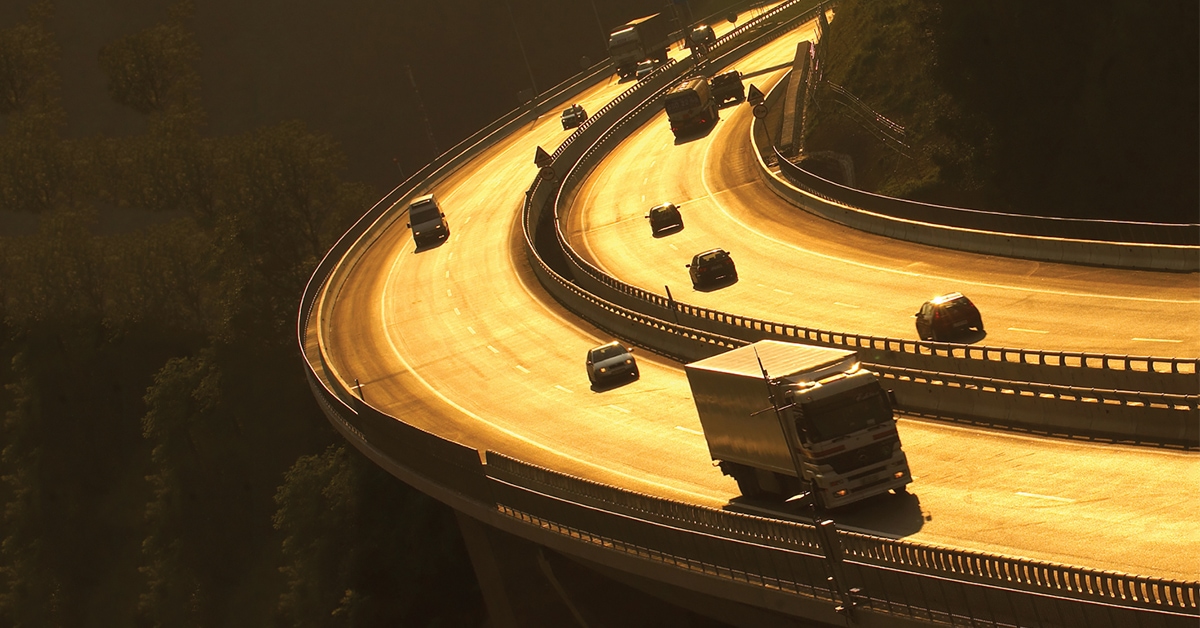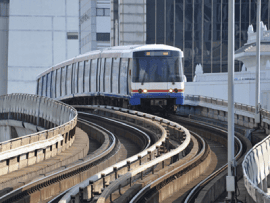Tilt sensing validates that infrastructure serves the public with safety and efficiency, but since these readings are so subtle and important, engineers cannot afford to have outside forces throw them off. Vibration can be the enemy for precision tilt sensors and in many cases, it is inevitable. For environments that can make the line on a datalogger go haywire, you may need a nontraditional tiltmeter.
Environments with Vibration
Traditional electrolytic tiltmeters require a static environment since their carpenter-level technology heightens their sensitivity to the environment around them. Engineers can place them in particular positions where they are sheltered from outside noise and vibration, but there are cases where vibration cannot be stopped. High traffic infrastructure such as elevated train platforms will constantly have rumblings from the railcars overhead. It’s important to monitor that structure in real-time, but having those trains stop for some tilt readings won’t make commuters happy.
Tainter gates require precision tilt sensing for their positioning, but this environment is also difficult on most sensors. The great volume of water rushing through will create a significant amount of outside vibration. This can display a squiggly line on your readout unit instead of the genuine tilt readings you need.
Which Sensors Can Filter Vibration?
Not every sensor is built for the most rugged conditions. Force balanced sensors such as the Black Diamond series can be used as alternatives to traditional geotechnical sensors. With a bandwidth no higher than 30 Hz and a resolution of 1 µrad (for standard models), they can withstand most vibration environments while also detecting the minuscule tilt readings that civil engineers need.
With analog or digital outputs, various connections, and footprints, they also won’t sacrifice the versatility of a traditional geotechnical tiltmeter. For extreme applications, they can be customized and damped in order to suit your specific requirements.


